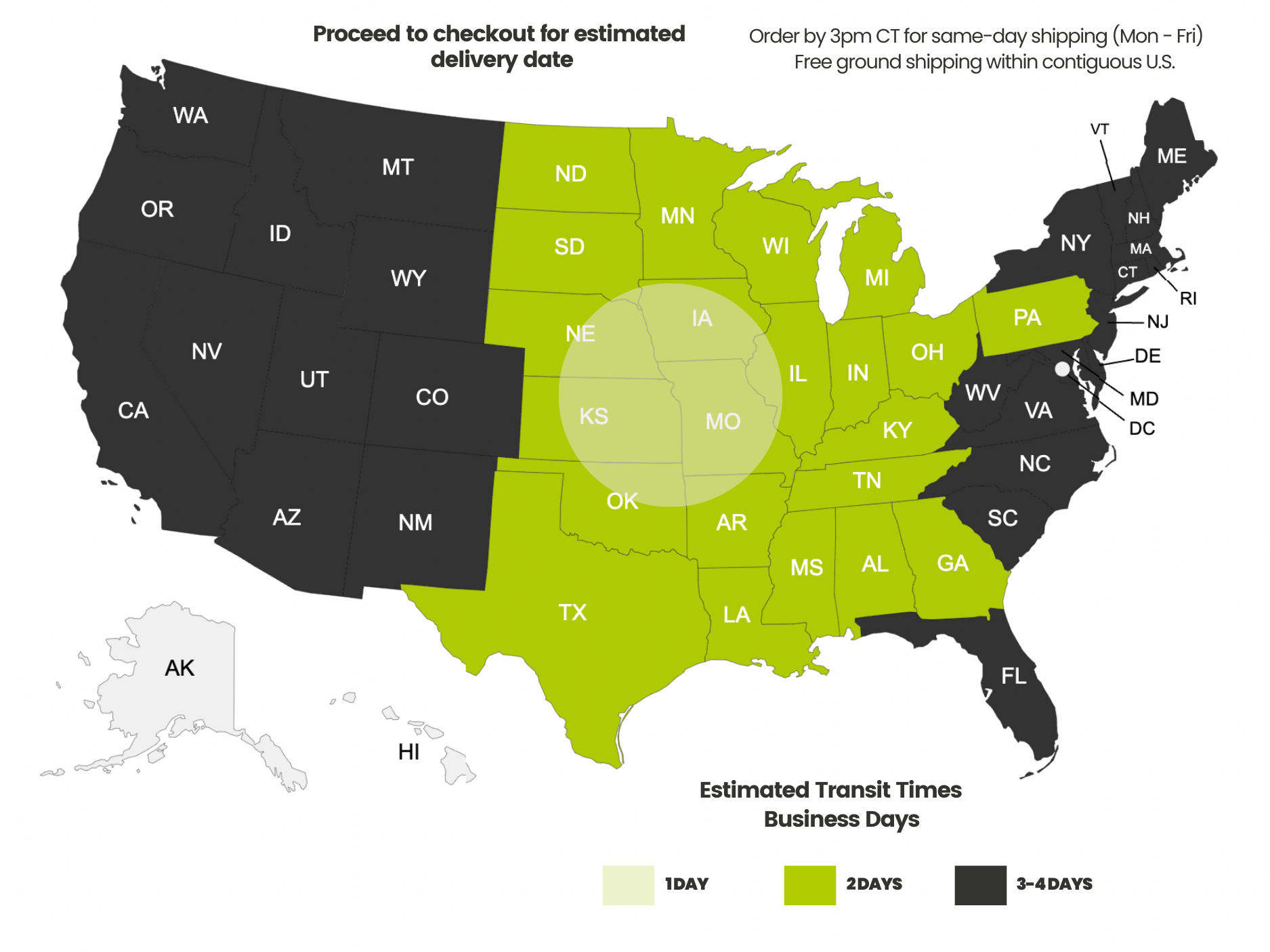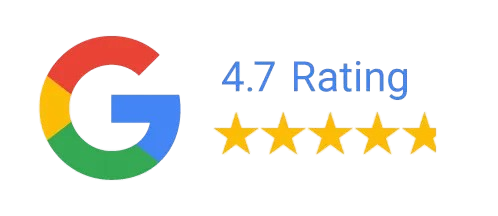Payment methods accepted

Fiber Optic Internet: The Future of High-Speed Connectivity
Written by Ben Hamlitsch, trueCABLE Technical and Product Innovation Manager RCDD, FOI
Did you know that fiber optic internet can deliver speeds of 1 Gbps or higher, making it up to 100 times faster than traditional broadband? In today’s hyper-connected world, where businesses and individuals rely on seamless digital infrastructure, fiber optic internet is revolutionizing high-speed connectivity. Whether you’re streaming 4K videos, gaming online, or managing a remote workforce, fiber optic internet offers the highest performance. Read on to discover how fiber optic internet works, why it’s superior to traditional connections, and its role in providing the future of connectivity.
Most of the world and all modern-day companies now consider high-speed internet to be an absolutely necessary component in our daily operations. This necessity has made humans more and more dependent on digital infrastructure. Traditional internet connections based on copper cables are slower and less reliable than those based on fiber optic technology, which is the most recent and advanced kind of internet technology.
What is Fiber Optic Internet?
A fiber optic internet connection is a form of internet connection that transmits data using fiber optic cables rather than traditional copper connections. Fiber optic cables, in contrast to more common copper cables, use light signals to carry data rather than electrical ones. Conventional copper connections rely on electrical signals to do this. A high-speed data transmission network is constructed by bundling together thousands of glass fibers.
Fiber Optic vs. Copper: A Quick Comparison
To understand why fiber optic internet stands out, we need to compare it to copper-based connections. Let's look at the three different factors below:
- Speed: Fiber optic cables support speeds of 1 Gbps or more, while copper-based DSL or cable internet typically maxes out at 300 Mbps.
- Reliability: Fiber is immune to electrical interference and weather disruptions, unlike copper, which can suffer signal degradation, such as RFI and EMI.
- Durability: Fiber optic cables are more resistant to corrosion and wear, ensuring a longer lifespan compared to copper cables.
By leveraging light-based data transmission, fiber optic cable internet provides a robust solution for network connectivity needs, making it ideal for both homes and businesses.
For additional information on the key differences between Fiber optic and Copper cables see the blog Fiber Optic vs UTP Copper
Choose fiber optic broadband for a faster, more reliable internet experience.
How Does an Internet Connection Work Through Fiber Optics?
Imagine sending data at the speed of light—literally. That’s fiber optic internet. Unlike traditional copper wire connections that transmit data via electricity, fiber optic internet uses strands of glass or plastic to send information as light pulses. These light signals travel through the core of the fiber optic cable, reflecting internally at incredibly high speeds with almost zero signal degradation over long distances.
This technology isn’t brand new, but its large-scale adoption for home and business internet connections is relatively recent. It offers download and upload speeds that blow DSL and cable internet out of the water. Light pulses are translated into binary code, sent across long distances, and then converted back into electrical signals your network devices such as (laptops , printers etc.), can process.
Why Fiber Optics is Revolutionizing Connectivity
Let’s face it we’re living in a hyper connected world. From smart homes and remote jobs to 4K gaming and streaming, our digital demands are constantly increasing. Traditional internet infrastructure just isn’t cutting it anymore.
Fiber optic internet provides symmetric upload and download speeds, it's ideal for remote work, large file transfers, live-streaming, cloud computing, and so much more. Fiber optic internet is future-proof. Once the cables are laid, upgrading the network typically involves upgrading equipment—not tearing up the cabling infrastructure again.
The Science Behind Fiber Optics
How does light become data? The process starts with encoding binary data (1s and 0s) into light pulses. A transmitter at one end of the fiber cable converts the electrical signal from your computer or router into light. This light travels down the cable, reflecting off the walls of the fiber core thanks to the principle of total internal reflection. It’s like a laser bouncing between mirrors, but within a super thin strand of glass.
Role of Total Internal Reflection in Data Transmission
Total internal reflection (TIR) is what keeps the light inside the fiber, even when the cable bends. Each fiber optic strand has a core surrounded by a cladding layer with a lower refractive index. When the light traveling through the core hits the boundary between the core and the cladding, it reflects back into the core rather than escaping.
See the blog Basic Principles of Fiber Optics Series: Refraction for more detailed information on how this works.
The principle of refraction allows light to bounce through the cable, no matter how long the journey or how many twists and turns are involved. The result? Light can travel miles without losing distance or speed.
Key Components of a Fiber Optic System
Fiber Optic Cables
Fiber optic cables are the backbone of the entire system. Each cable contains strands of optical fibers made from glass or plastic, bundled together and protected by layers of strengthening material and insulation. The number of strands can vary depending on the network's needs—from one to thousands.
There are two main types of fiber: singlemode and multimode. Singlemode fiber is used for long-distance transmissions and carries one light signal at a time. Multimode fiber is better for shorter distances and allows multiple signals to travel simultaneously.
These cables are incredibly thin—often less than a millimeter in diameter—but can carry terabytes of data per second.
See the blog article: Basic Components of a Fiber Optic Cable for more in depth information.
Optical Transmitters and Receivers
Transmitters and receivers are essential for converting data into a form that can be sent and received via fiber optics. The transmitter uses a laser or LED to send data as light pulses down the cable. The receiver at the other end uses a photodetector (usually a photodiode) to convert these light pulses back into electrical signals.
This process happens incredibly fast and with high accuracy. Without these components, your computer wouldn’t be able to understand the data it receives—or send anything out.
The Role of Optical Network Terminals (ONTs)
An Optical Network Terminal (ONT) is a device installed at the endpoint of the fiber connection, typically inside your home or business. It acts as the bridge between the fiber network and your internal devices.
The ONT converts the light signals into electrical signals that can be understood by your router, computer, or phone. It also manages the signal distribution to multiple devices, ensures security, and sometimes provides diagnostics and performance data.
Think of the ONT as your fiber internet’s interpreter—it ensures that what’s sent and received through those lightning-fast cables makes sense to your everyday tech.
Signal Conversion Process
Light to Electrical Conversion
While fiber optics transmit data using light, all our everyday devices—computers, smartphones, security cameras—operate using electrical signals. That’s why signal conversion is crucial.
When a request is made from your device like, loading a website, the electrical signal is first converted to light via the optical transmitter. This light travels down the fiber cable to its destination. Once it arrives, the optical receiver converts the light back into an electrical signal that your device can interpret and use.
This seamless back-and-forth translation allows your devices to interact with the digital world at light speed, without even noticing the complex science at play behind the scenes.
The Role of Media Converters and Fiber SFPs
To make this magic happen, we rely on specialized hardware like media converters and SFPs (Small Form-Factor Pluggables). These devices are critical in environments where you need to transition from optical to electrical or vice versa.
- Media Converters: These are standalone devices that bridge the gap between fiber optic lines and copper Ethernet cables. They’re ideal for extending a network without completely overhauling your existing infrastructure.
To learn more about Media Converters see the blog article: How To Use A Fiber Optic Media Converter In Your Network.
- SFP Modules: These small plug-in modules go directly into a network switch or router. They allow that device to send and receive data over fiber optics by performing the light-electrical conversion within the module.
What Type of Fiber Cable is Being Used in FTTH Networks?
In most fiber to the home (FTTH) applications, singlemode SC-APC fiber cables are used to transmit data, video, and voice to your home network. These singlemode SC-APC cables work best because they have low reflection, which in turn results in low latency (latency is bad for transmitting video and data) and provides the best fiber internet signal to the FTTH customer. Sometimes these cables will need to be replaced due to wear and tear or because the dog got ahold of them. If that is the case, singlemode SC-APC replacement cables are available and easily replaced with minimal to no downtime.
Singlemode SC-APC cables are the gold standard for FTTH( Fiber to the Home) applications, offering low latency for seamless connectivity.

Is Fiber Optic Internet Better Than Traditional Connections?
Lightning-Fast Speeds
Fiber optic internet offers lightning-fast download and upload speeds, making it an excellent choice for data-intensive activities such as gaming, streaming, and downloading large files. This technology can transmit data at speeds of up to 1 GB/s or higher, which is significantly faster than traditional copper wire connections.
Reliability and Low Latency
Nothing is more frustrating than a dropped Zoom call or a video freezing. Fiber eliminates most of those headaches thanks to its design.
- No Electromagnetic Interference: Fiber cables are immune to EMI, which means a more stable and interference-free connection, even in data-heavy environments.
- Minimal Signal Loss: Fiber signals can travel for miles without losing strength. This makes it perfect for rural and suburban areas where traditional networks fade out.
- Low Latency: For gamers, traders, and remote workers, latency is a deal-breaker. Fiber optic internet offers extremely low latency, which translates to faster load times, smoother streaming, and more responsive gaming.
Environmental Friendliness
Fiber optic internet is also a more environmentally friendly option compared to traditional copper wire connections. Fiber optic cables emit less heat, making them a more energy-efficient solution. This means that the carbon footprint of fiber optic internet is significantly lower than traditional copper wire connections, making it an ideal solution for eco-conscious consumers.
Security Benefits
One of the lesser-known but incredibly important advantages of fiber optic internet is security.
- Difficult to Tap: Unlike copper lines that can be easily tapped into, fiber optic cables are much harder to intercept without being detected. Any attempt to do so usually causes a noticeable drop in signal strength or an outright failure.
- No Radiation: Fiber optics don’t emit electromagnetic signals, making it nearly impossible for hackers to pick up data from outside the cable.
- Better Encryption Support: Because fiber internet supports high-speed, high-volume data transfer, it works seamlessly with modern encryption standards that keep your data safe.
Applications of Fiber Optic Internet
Gaming with Fiber Internet
Fiber optic internet provides gamers with the fast and reliable connectivity they need to enjoy a seamless gaming experience. With fiber optic internet, players can enjoy low latency and high-speed data transfer, allowing for a smoother and more enjoyable gaming experience.

Streaming and Downloading Large Files
Fiber optic internet is perfect for streaming high-definition video content, as it offers lightning-fast speeds and reliability. With fiber optic internet, you can enjoy uninterrupted streaming of your favorite movies, TV shows, and other video content.

Fiber optic internet is also ideal for downloading large files such as software updates, high-definition movies, and other data-intensive files. With fiber optic internet, you can download these files at lightning-fast speeds, saving you time and increasing your productivity.
Fiber Optic Solutions for Businesses
Fiber optic internet is also an excellent solution for businesses, as it offers the speed, reliability, and security they need to keep their operations running smoothly. With fiber optic internet, businesses can enjoy high-speed connectivity and seamless communication, allowing them to be more productive and competitive in today's fast-paced business environment.

The Future of Fiber Optic Internet
Expansion and Availability
The demand for fiber optic internet is rapidly increasing, and it is expected to become the standard for high-speed internet connectivity in the near future. Many telecommunications companies are investing in fiber optic infrastructure, making it more widely available to both businesses and individuals.
Technological Advancements
Fiber optic technology is constantly evolving, and the future looks bright for fiber optic internet. New advancements in fiber optic technology are expected to lead to even faster speeds and more efficient data transfers, making fiber optic internet an even more attractive option for consumers and businesses.
5G Integration
Fiber optic internet is also expected to play a crucial role in the deployment of 5G networks. Fiber optic cables will be used to transmit high-speed data between 5G cell towers, allowing for faster and more reliable 5G connectivity.
Impact on the Digital World
Fiber optic internet will continue to have a significant impact on the digital world. It will provide individuals and businesses with the fast and reliable connectivity they need to take advantage of new digital technologies and continue to drive innovation in the years to come.
Conclusion: Why Choose Fiber Optic Ethernet
In conclusion, fiber optic internet is the future of high-speed internet connectivity. It offers significant advantages over traditional copper wire connections, including faster speeds, greater reliability, a lower environmental impact, and increased security. With the demand for fiber optic internet on the rise, it is an excellent option for individuals and businesses looking for a fast, reliable, and secure internet connection. As technology continues to evolve, fiber optic internet is expected to become even more widely available and play a crucial role in the deployment of 5G networks. If you are considering upgrading your internet connection, consider fiber optic internet for a more efficient and enjoyable online experience.
HAPPY NETWORKING!
trueCABLE presents the information on our website, including the “Cable Academy” blog and live chat support, as a service to our customers and other visitors to our website subject to our website terms and conditions. While the information on this website is about data networking and electrical issues, it is not professional advice and any reliance on such material is at your own risk.



























